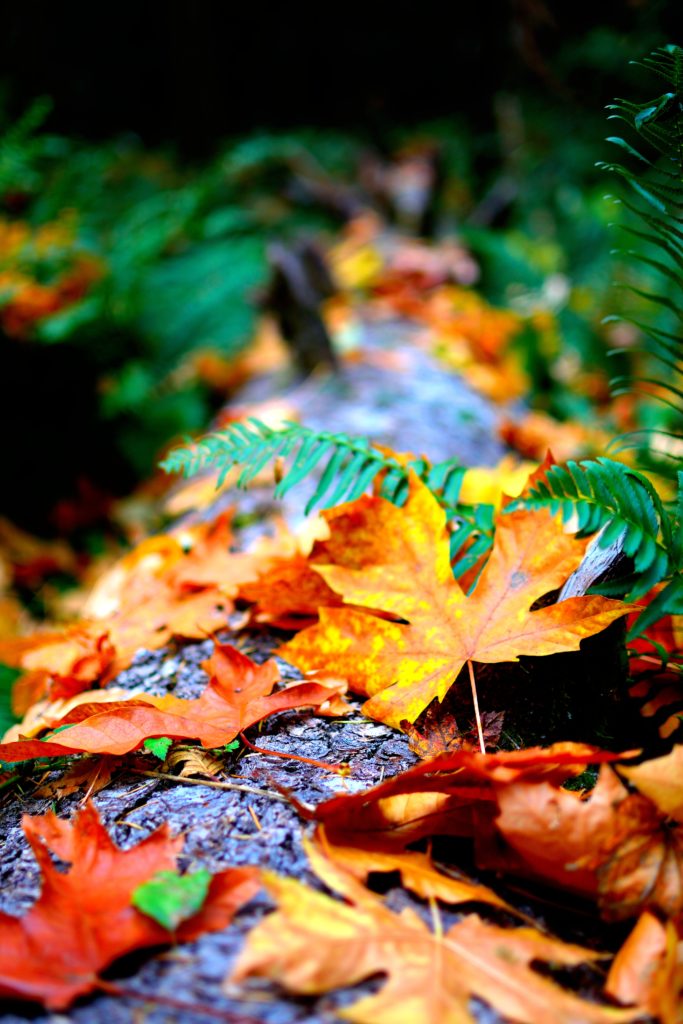10.21.19
What to do with fallen leaves

Autumn means fallen leaves and, for homeowners, cleaning them up. Here’s why you need to clear leaves from your lawn and ways to make it easier.
Just as the piper must be paid for his song, Mother Nature exacts payment for all those shade-filled summer days. Leaves started falling a few weeks ago, and many West Michigan homeowners find themselves facing the perennial task of removing them. Here’s why leaves need to be cleared from your lawn and how to simplify the task.
Why remove leaves anyway?
A few fallen leaves are of little consequence to your lawn. A thick layer of leaves is not a big deal either—temporarily. Leaves that get wet, matted down and remain over the winter, however, can deprive turf of the sunlight and air it needs to survive. That can mean bare patches in the lawn next spring.
Removing leaves
Raking is the classic leaf removal method. It’s simple but it requires physical effort and time. However, many people enjoy the meditative nature of raking.
A leaf blower makes quick work of piling leaves. The drawbacks are the initial expense of the blower, energy use and noise. While it’s fun to blow leaves away, avoid blowing them into your neighbor’s yard.
Whether you rake or use a blower, make sure leaf debris doesn’t clog any drains or ditches; many a storm drain has been clogged by leaf debris and caused flooding.
What to do with fallen leaves
Fallen leaves are great for composting. Shredding them helps start the decomposition process. You can mix shredded leaf debris into an existing compost pile or container; or bag it, store it and use it as dry material to add next season.
Some communities offer leaf pickup; call your city or township to learn what programs are available locally.
Waste service companies also commonly pick up yard waste. Check with your provider to see what options they offer.
Shredded leaves also make good mulch. Use leaf mulch to fortify soil in flower beds and vegetable gardens, or for weed control around plants.
When mulching around trees or shrubs, make sure the mulch is not in contact with trunks or stems. Mulch that comes in direct contact with plants creates conditions that welcome pests, disease and decay. (To learn how to effectively mulch around trees and shrubs, watch this video from the Morton Arboretum.)
An alternative to leaf removal
An alternative to removing leaves is shredding them and letting them compost in place. This is most easily done with a lawn mower. Simply mow over the leaves until they are shredded into pieces about the size of a dime.
The shredded leaves will naturally decompose to provide organic matter that feeds your lawn.
Procrastinators, rejoice!
When it comes to autumn leaf clean-up, procrastinators come out ahead. If you wait until all the leaves fall, you only have to do the task once this season. So go ahead and put off this task if you feel like it.
Consumers helps more than 1,000 members finance land, first and second homes, and home improvement projects each year. When you need a mortgage or home equity line of credit, call us at 800-991-2221. We’re here to help you get the home of your dreams!
![]()


